Sub-Saharan Africa

Ethiopia
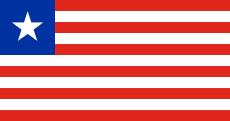
Liberia
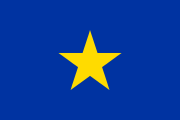
Congo

Zanzibar
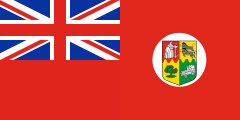
South Africa
Middle East and North Africa
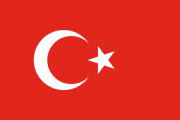
Turkey
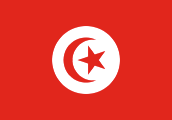
Tunisia
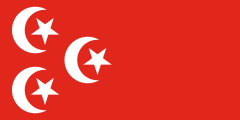
Egypt

Jebel Shammar
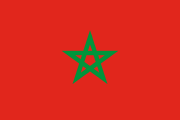
Morocco 11 Moroccan merchant ships in the French zone flew what was called the "Arab ensign", the national flag with a French tricolour added to the top-left corner.

Muscat and Oman
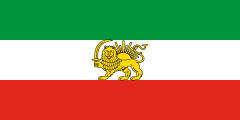
Persia
state flag 22 Flown by the government, and often by private citizens.
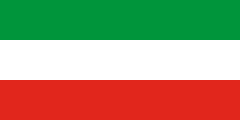
Persia
national flag 33 Allowed to be flown by anyone.
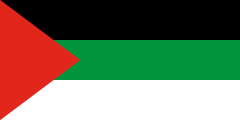
Hejaz · Syria
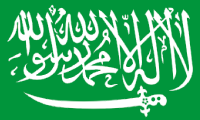
Nejd
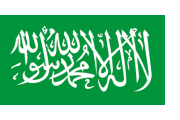
ʿAsir
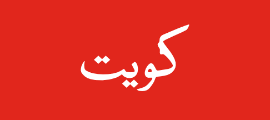
Kuwait 44 There were many variations of this flag, depending on who was flying it and when. Some versions would have added inscriptions, decorations or royal symbols. The flag could also be triangular.
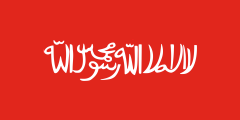
Yemen
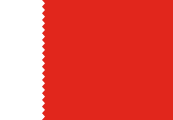
Bahrain 55 The number of points could vary. Some flags even had a completely straight-edged stripe.
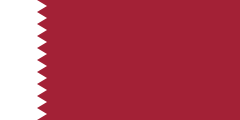
Qatar

Ras al-Khaimah · Sharjah 66 Officially all of the Trucial States were supposed to fly a square red flag with a thick white border. In practice this flag became exclusively associated with the Al Qasimi dynasty. The other states mostly flew plain red flags.
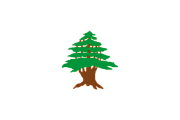
Mount Lebanon
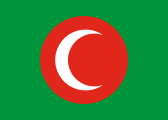
Kurdistan
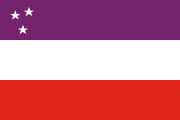
Assyrians
Western Europe
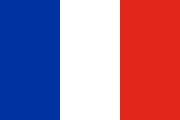
France
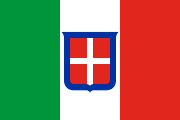
Italy
national flag 77 Flown by private citizens and merchant ships. The "Italian Social Republic", the Nazi puppet regime in the north, flew the plain tricolour as a national flag and had a war flag with an eagle gripping a fasces. The anti-fascist Italian partisans flew either plain tricolours or tricolours with a white or red star on the middle stripe.
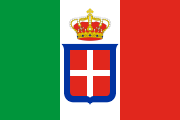
Italy
state flag 88 Flown by the government and navy.
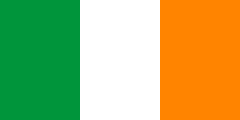
Ireland
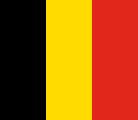
Belgium
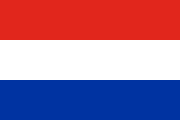
Netherlands
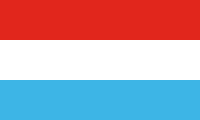
Luxembourg
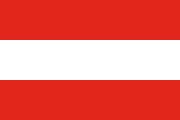
Austria
national flag 99 Flown by private citizens and municipalities.
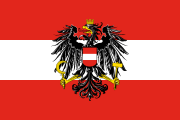
Austria
state flag 1010 Flown by the federal government and the armed forces.
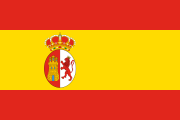
Spain

Andorra
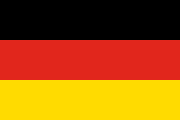
Germany
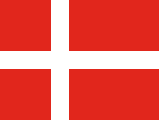
Denmark
national flag 1111 Allowed to be flown by anyone.
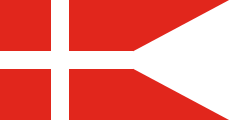
Denmark
sovereign flag 1212 Flown by the royal house, the government, and the armed forces. Also granted to a select list of private institutions and companies.
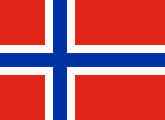
Norway
merchant flag 1313 Allowed to be flown by anyone.
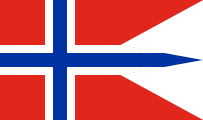
Norway
state flag 1414 Flown only on state-owned buildings and naval ships.
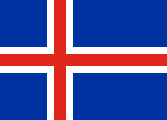
Iceland
national flag 1515 Allowed to be flown by anyone.
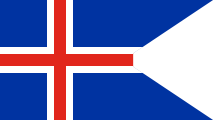
Iceland
state flag 1616 Flown on government buildings and coast guard ships.
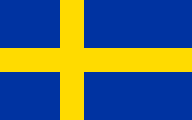
Sweden 1717 Flown for all purposes. A three-tailed version of the national flag is flown by the military.
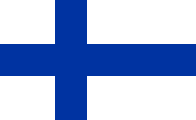
Finland
national flag 1818 Allowed to be flown by anyone.
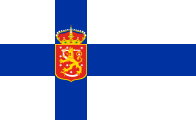
Finland
state flag 1919 Flown by the government, border guard, and public universities. The armed forces fly a version with a swallowtail cut.
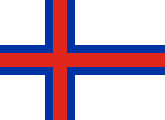
Faroe Islands
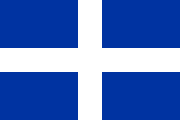
Greece
land flag 2020 Flown on land within Greece. The military flag had a crown in the centre of the cross.

Greece
sea flag 2121 Flown at sea and abroad. The naval ensign had a crown in the centre of the cross.
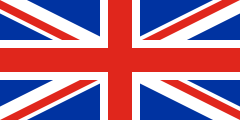
United Kingdom
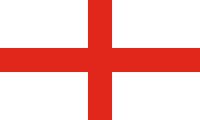
England
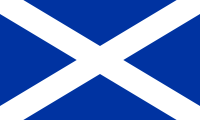
Scotland
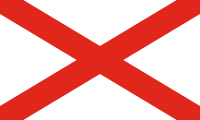
Jersey
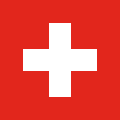
Switzerland
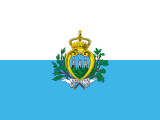
San Marino
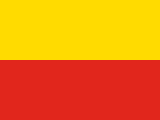
Liechtenstein
princely flag 2222 Flown by the prince, and unofficially as a national flag. Blue and red flags were also in use.
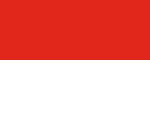
Monaco
national flag 2323 Allowed to be flown by anyone.
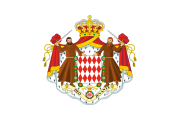
Monaco
princely flag 2424 Flown over the Prince's Palace and government buildings.

Malta
traditional flag 2525 Flown unofficially, mostly by civilian ships. There was also a blue colonial ensign with the Maltese coat of arms on it.
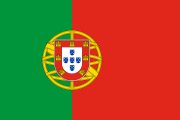
Portugal
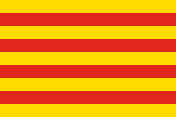
Catalonia
senyera 2626 The traditional Catalan flag.
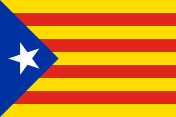
Catalonia
estelada 2727 The flag preferred by supporters of Catalan independence.
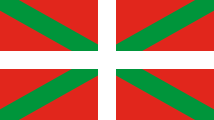
Basque Country
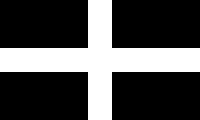
Cornwall

Galicia
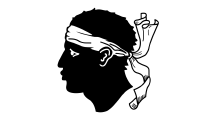
Corsica
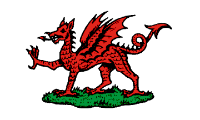
Wales
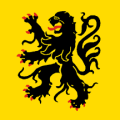
Flanders
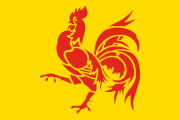
Wallonia
Eastern Europe and Western Turkestan
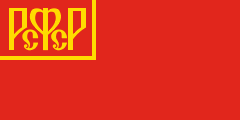
Russia (Soviet) 2828 Flown by the Russian Socialist Federative Soviet Republic during the Russian Civil War.
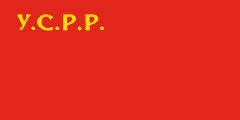
Ukraine (Soviet) 2929 Flown by the Ukrainian Socialist Soviet Republic, the government of the Bolshevik-occupied areas of Ukraine during the Russian Civil War.
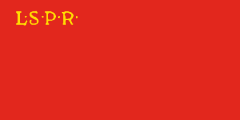
Latvia (Soviet) 3030 Flown by the Latvian Socialist Soviet Republic, the government of the Bolshevik-occupied areas of Latvia during the Russian Civil War.

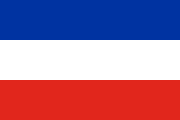
Yugoslavia
merchant flag 3232 Unofficial flag of the merchant fleet.
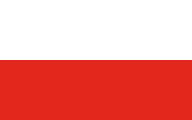
Poland
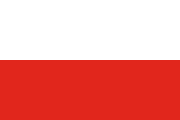
Czechoslovakia
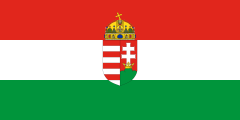
Hungary

Bulgaria
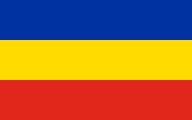
Don Republic

Estonia
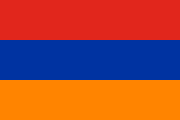
Armenia
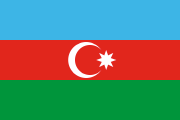
Azerbaijan
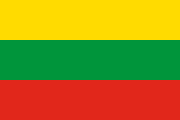
Lithuania

Albania
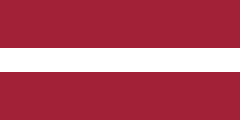
Latvia
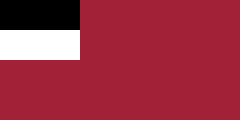
Georgia
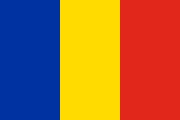
Romania
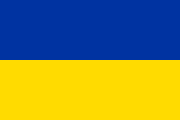
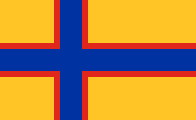
Ingria 3434 Flown by the breakaway Republic of North Ingria, which aimed for independence from Russia and integration with Finland.
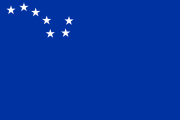
Karelia 3535 Flown by the breakaway Republic of East Karelia, which aimed for independence from Russia and integration with Finland.
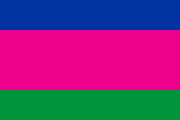
Kuban Republic
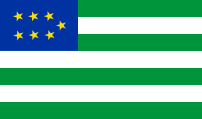
Mountain Republic
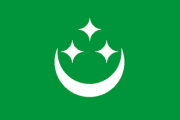
North Caucasian Emirate
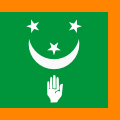
Bukhara
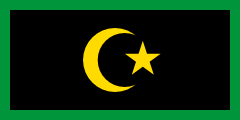
Khiva
South Asia and the Indian Ocean
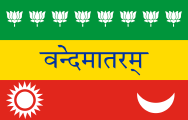
India 3636 The "Calcutta flag" flown by independence activists. British India had several colonial flags. A red civil ensign with the Star of India medal on it was used to represent India at international sporting events.
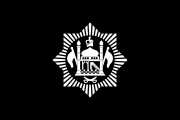
Afghanistan
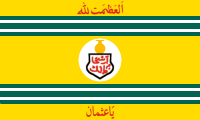
Hyderabad
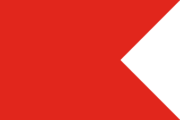
Jammu and Kashmir 3737 The maharaja's flag had yellow stripes at the top and bottom.

Nepal
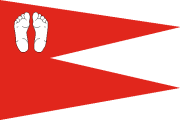
Jhabua 3838 The raja's flag was rectangular

Dewas
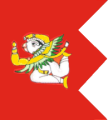
Kota
princely flag 3939 Flown by the Maharao and also used as a state flag. The flag was sometimes much longer.
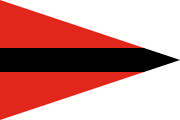
Benares
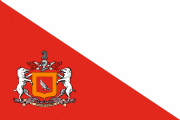
Sailana 4040 The previous plain red flag was sometimes flown as an alternate state flag.
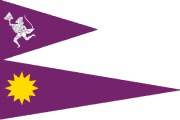
Ajaigarh 4141 The reverse side of the flag showed a moon and a flower.

Mewar 4242 Mewar had a number of reported princely banners which were also sometimes used as state flags. The most common one had a large yellow sun and a blue katar dagger.
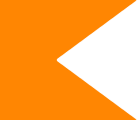
Kolhapur 4343 Kolhapur flew the Maratha saffron banner as a state flag. The maharaja had a diagonally-divided red and orange flag.

Dhar
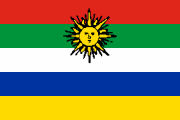
Jaipur
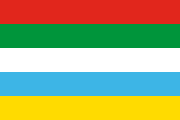
Alwar
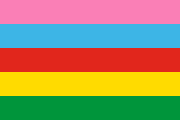
Idar
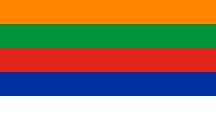
Sirohi
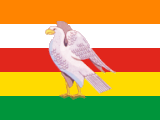
Jodhpur
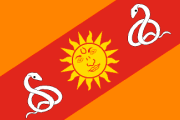
Gwalior
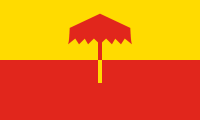
Jaisalmer
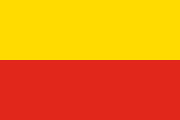
Nabha
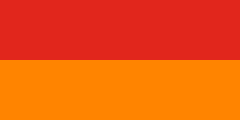
Bikaner
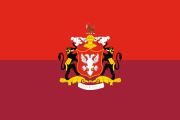
Mysore
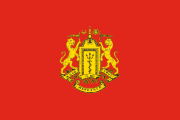
Wankaner
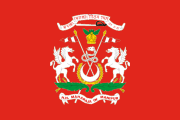
Manipur

Charkhari

Banswara
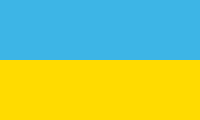
Dholpur

Chhatarpur

Kapurthala
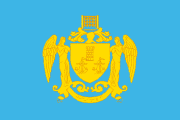
Cambay
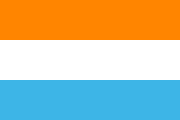
Bharatpur
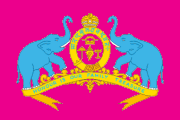
Kochin
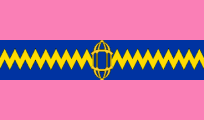
Dhrangadhra

Rajpipla
princely flag 4444 Flown by the maharaja and often used as a state flag.

Rajpipla
national flag 4545 Allowed to be flown by civilians.
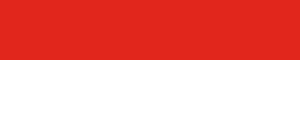
Indore 4646 Inland river boats flew a triangular pennant in the same colours.
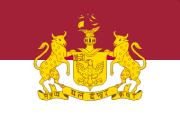
Bhavnagar 4747 There was also a red British colonial ensign with the coat of arms on it.
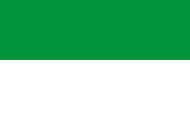
Tonk 4848 The nawab's flag, which was sometimes used as an alternate state flag, was white with a green hand.
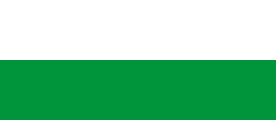
Garhwal 4949 The maharaja's flag had a gold eagle on it. The armed forces used a flag with white and purple stripes.
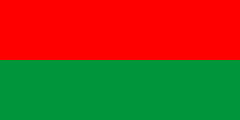
Suket 5050 The raja's flag had a gold tiger head in the middle. The war flag was a red flag with the state coat of arms on it.
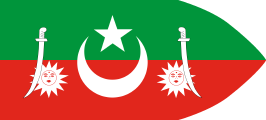
Kalat
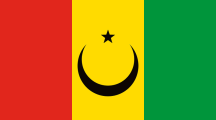
Bahawalpur
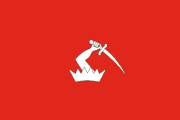
Baroda
princely flag 5151 Flown by the maharaja and often used as a state flag. The swallowtailed saffron Maratha banner was also sometimes flown.
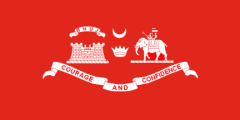
Kutch
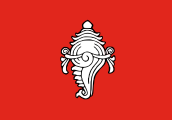
Travancore

Rajgarh

Pratapgarh 5252 The maharawat's flag had the same design but in yellow instead of white.
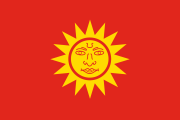
Cooch Behar
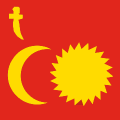
Barwani
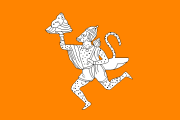
Porbandar
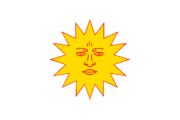
Sitamau 5353 The Raja's flag had a red sun

Faridkot
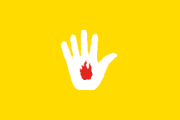
Rewa
princely flag 5454 Flag of the maharaja's dynasty, used as a state flag.

Bundi

Jhalawar

Karauli
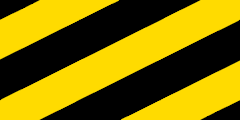
Orchha
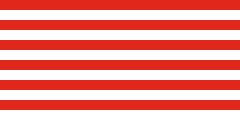
Alirajpur
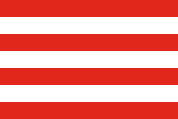
Khairpur
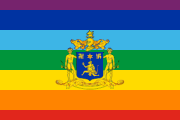
Dungarpur

Baoni

Mandi 5555 The flag flown at the palace had the state coat of arms on it.

Kishangarh
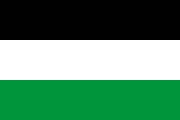
Bhopal 5656 The begum's standard had a crown and inscription on it.
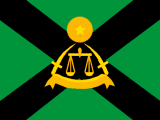
Jaora
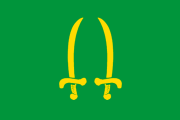
Rampur

Bilaspur

Sikkim
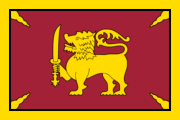
Sinhalese Flag 5757 Flown by Sinhalese nationalists in Ceylon, now Sri Lanka. There was also an infrequently-used blue British colonial ensign with an elephant badge.
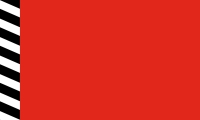
Maldive Islands
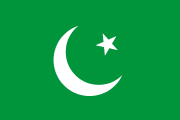
Muslim League 5858 Flag of the All-India Muslim League, which advocated for Muslim interests within British India. The direct predecessor of the flag of Pakistan.
East, Central and Southeast Asia

Japan
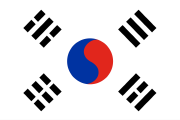
Korea 5959 Flown by the Korean independence movement and the unrecognized government-in-exile based in China. Banned under Japanese occupation.
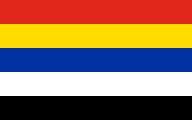
China

Mongolia
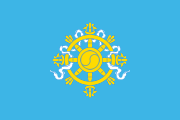
Uriankhai
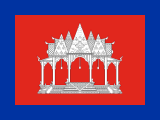
Cambodia
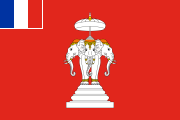
Laos
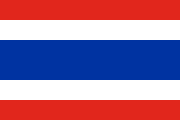
Siam
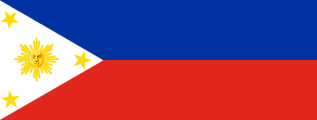
Philippines
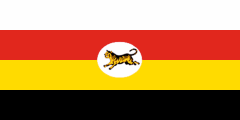
Federated Malay States
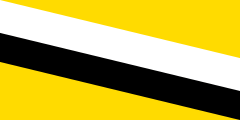
Brunei

Terengganu

Sarawak

Perlis
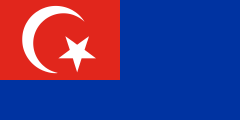
Johor
state flag 6060 Flown by the sultan and on naval ships.

Johor
merchant flag 6161 Flown by merchant ships and sometimes used by civilians as an alternate national flag.
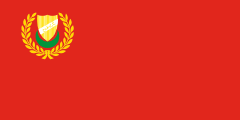
Kedah
state flag 6262 Flown over the sultan's palace and the military.
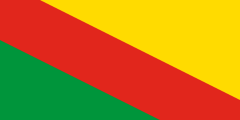
Kedah
merchant flag 6363 Flown by merchant ships.
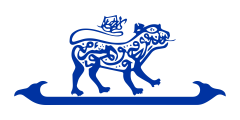
Kelantan
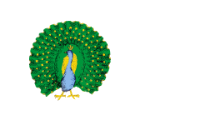
Burma 6464 Flown by Burmese nationalists. The British colonial government did not have a distinct flag.
Oceania

Australia
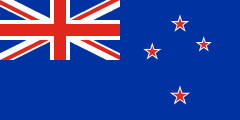
New Zealand
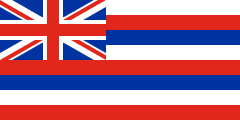
Hawaiʻi

Tonga
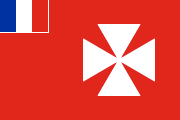
Wallis and Futuna
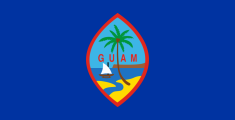
Guam
North America
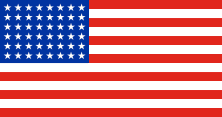
United States
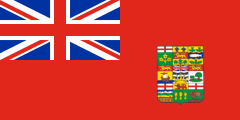
Canada 6565 Officially only to be flown civilian ships, but in practice flown widely on land as the national flag. The badge was only supposed to have the arms of the original four provinces, but the nine-province version was much more common. It was also often placed on a white disc, or adorned with wreath of maple leaves and a crown.
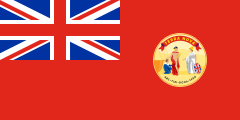
Newfoundland 6666 Officially only to be flown civilian ships, but in practice flown widely on land as the national flag.
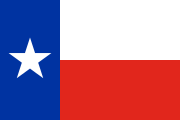
Texas
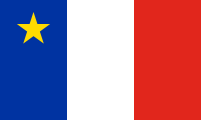
Acadia
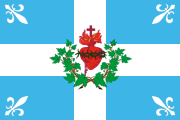
Québec
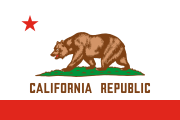
California
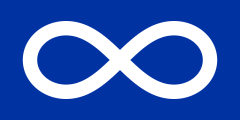
Métis
Latin America
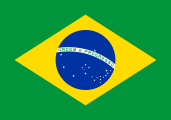
Brazil
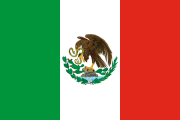
Mexico
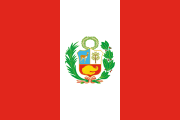
Peru
national ensign 6767 Flown by the government, the navy, the national police, and national sports teams. Raised at major ceremonies. The army uses a similar flag with a different coat of arms.
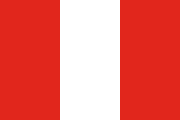
Peru
national flag 6868 Allowed to be flown by anyone.
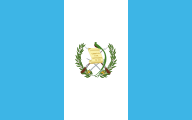
Guatemala
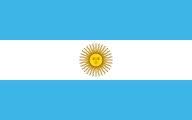
Argentina
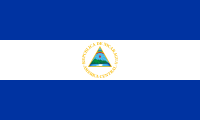
Nicaragua

El Salvador
national flag 6969 The most common flag, flown over most government buildings, at ceremonies, by diplomatic missions and often by public citizens.
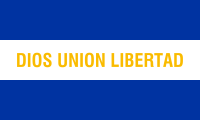
El Salvador
inscribed flag 7070 An alternative government flag, most commonly flown by the armed forces but also on some public buildings and offices.
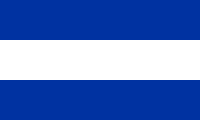
El Salvador
plain flag 7171 The simplest version of the national flag, flown by some private citizens.
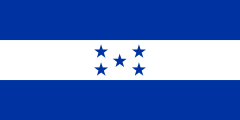
Honduras

Paraguay
front side
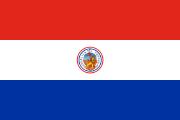
Paraguay
back side
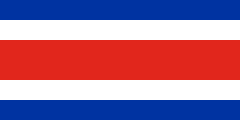
Costa Rica
national flag 7272 The most common Costa Rican flag. Officially designated for private citizens, but in practice often used on government buildings and schools too.
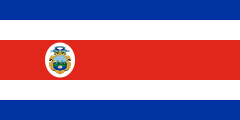
Costa Rica
national ensign 7373 Flown by the government and by diplomatic missions, although also used sometimes by private citizens.
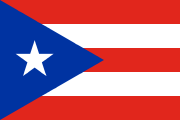
Puerto Rico 7474 Flown by Puerto Rican nationalists. Display of the flag was initially banned under American rule.

Cuba
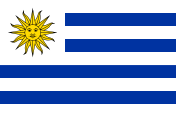
Uruguay
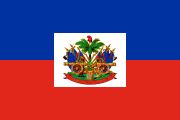
Haiti
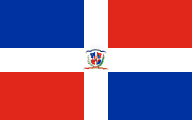
Dominican Republic
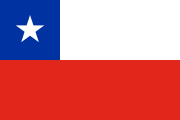
Chile
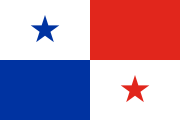
Panama
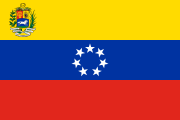
Venezuela
national ensign 7575 Flown by the government and armed forces, and unofficially used by many private citizens.
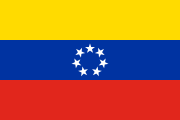
Venezuela
national flag 7676 Allowed to be flown by anyone.
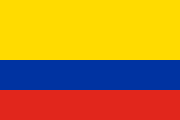
Colombia
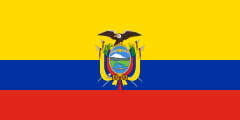
Ecuador
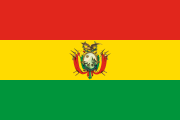
Bolivia
state flag 7777 Flown by the governmnent. The armed forces flew a similar flag with olive and laurel branches around the coat of arms.
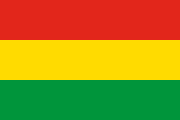
Bolivia
national flag 7878 Allowed to be flown by anyone.
Other International and Cultural Flags
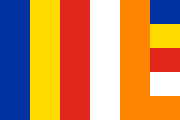
Buddhist Flag
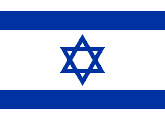
Zionist Movement
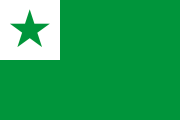
Esperanto

Red Cross
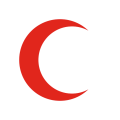
Red Crescent
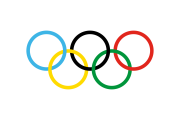
Olympic Games
Events of 1919
AFGHANISTAN • Afghanistan became independent from British protectorate status on August 19. Sometime in the same year, the national emblem was placed inside an Ottoman-style eight-pointed starburst.
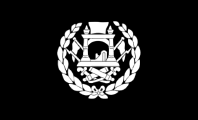


AUSTRIA • The Treaty of Saint-Germain-en-Laye, signed on On September 10, formally recognized the dissolution of the Austro-Hungarian empire and the independence of Austria, Hungary, Czechoslovakia, and Yugoslavia. On May 8, Austria adopted a new coat of arms, which was formally added to the state flag on October 21. The new state officially changed its name from "German-Austria" to just Austria on October 23.

GERMANY • The Weimar Constitution was enacted on August 11. Among its provisions was one designating the black-red-gold tricolour as the national flag.
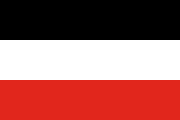


FAROE ISLANDS • A Faroese law student named Jens Oliver Lisberg designed a national flag while studying in Copenhagen. On June 22 he raised it at a wedding in his hometown of Fámjin. That original flag is still hanging inside the local Church.

HUNGARY • The Hungarian Soviet Republic was established on March 21 under a plain red flag. The revolutionary government collapsed in the face of a Romanian invasion a few months later. Its leader Béla Kun fled to Russia on August 1, and on August 6 a coup brought anti-communist forces to power. The old flag with the Crown of Saint Stephen was restored.





KOREA • On March 1, independence activists gathered in Seoul to publicly read the Korean Declaration of Independence. The demonstrators were violently suppressed by the Japanese authorities. On April 11, a government in exile was established in Shanghai which formally adopted a version of the Taeguk flag.
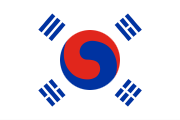


KURDISTAN • In May, Sheikh Mahmud Barzanji revolted against the British under a green Kurdish flag. The revolt was supressed in June but Barzanji would return in 1922 to declare an unrecognized Kingdom of Kurdistan under the same flag.

RUSSIAN CIVIL WAR • The last remnants of the Byelorussian People's Republic were overthrown by the invading Red Army, who established a Socialist Soviet Republic of Byelorussia on January 1. The nascent state was merged with the Soviet counter-government in Lithuania to form the Lithuanian-Byelorussian SSR, or "Litbel". The forced union was unpopular and short-lived: The Polish Army took Vilnius on April 21, and the the Litbel government dissolved itself in July.


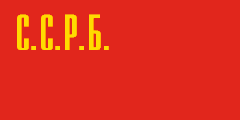




In neighbouring Estonia, the newly-established People's Force launched a counter-offensive against the Red Army, driving them out of the country by the end of February.
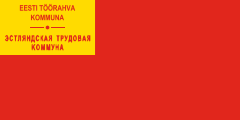


The Red Army took Kiev in February and established a Ukrainian Soviet Socialist Republic on March 10. Forces loyal to the Ukrainian People's Republic continued fighting against the Bolsheviks until 1921.

The North Caucasian Emirate was established in Chechnya on September 19. Its aim was to gain independence from Russia as a Turkish protectorate.

The Republic of North Ingria declared independence on January 23, with a similar goal of incorporation into Finland.

The breakaway Bashkir government submitted to the Soviets on February 16.



The Karakorum-Altai government was abolished by the Soviets on December 18.



Notes
1 Moroccan merchant ships in the French zone flew what was called the "Arab ensign", the national flag with a French tricolour added to the top-left corner. ↩
2 Flown by the government, and often by private citizens. ↩
3 Allowed to be flown by anyone. ↩
4 There were many variations of this flag, depending on who was flying it and when. Some versions would have added inscriptions, decorations or royal symbols. The flag could also be triangular. ↩
5 The number of points could vary. Some flags even had a completely straight-edged stripe. ↩
6 Officially all of the Trucial States were supposed to fly a square red flag with a thick white border. In practice this flag became exclusively associated with the Al Qasimi dynasty. The other states mostly flew plain red flags. ↩
7 Flown by private citizens and merchant ships. The "Italian Social Republic", the Nazi puppet regime in the north, flew the plain tricolour as a national flag and had a war flag with an eagle gripping a fasces. The anti-fascist Italian partisans flew either plain tricolours or tricolours with a white or red star on the middle stripe. ↩
8 Flown by the government and navy. ↩
9 Flown by private citizens and municipalities. ↩
10 Flown by the federal government and the armed forces. ↩
11 Allowed to be flown by anyone. ↩
12 Flown by the royal house, the government, and the armed forces. Also granted to a select list of private institutions and companies. ↩
13 Allowed to be flown by anyone. ↩
14 Flown only on state-owned buildings and naval ships. ↩
15 Allowed to be flown by anyone. ↩
16 Flown on government buildings and coast guard ships. ↩
17 Flown for all purposes. A three-tailed version of the national flag is flown by the military. ↩
18 Allowed to be flown by anyone. ↩
19 Flown by the government, border guard, and public universities. The armed forces fly a version with a swallowtail cut. ↩
20 Flown on land within Greece. The military flag had a crown in the centre of the cross. ↩
21 Flown at sea and abroad. The naval ensign had a crown in the centre of the cross. ↩
22 Flown by the prince, and unofficially as a national flag. Blue and red flags were also in use. ↩
23 Allowed to be flown by anyone. ↩
24 Flown over the Prince's Palace and government buildings. ↩
25 Flown unofficially, mostly by civilian ships. There was also a blue colonial ensign with the Maltese coat of arms on it. ↩
26 The traditional Catalan flag. ↩
27 The flag preferred by supporters of Catalan independence. ↩
28 Flown by the Russian Socialist Federative Soviet Republic during the Russian Civil War. ↩
29 Flown by the Ukrainian Socialist Soviet Republic, the government of the Bolshevik-occupied areas of Ukraine during the Russian Civil War. ↩
30 Flown by the Latvian Socialist Soviet Republic, the government of the Bolshevik-occupied areas of Latvia during the Russian Civil War. ↩
31 Flown in territories under control of the anti-Soviet White Army. ↩
32 Unofficial flag of the merchant fleet. ↩
33 Flown by the Ukrainian National Republic based out of Kyiv. ↩
34 Flown by the breakaway Republic of North Ingria, which aimed for independence from Russia and integration with Finland. ↩
35 Flown by the breakaway Republic of East Karelia, which aimed for independence from Russia and integration with Finland. ↩
36 The "Calcutta flag" flown by independence activists. British India had several colonial flags. A red civil ensign with the Star of India medal on it was used to represent India at international sporting events. ↩
37 The maharaja's flag had yellow stripes at the top and bottom. ↩
38 The raja's flag was rectangular ↩
39 Flown by the Maharao and also used as a state flag. The flag was sometimes much longer. ↩
40 The previous plain red flag was sometimes flown as an alternate state flag. ↩
41 The reverse side of the flag showed a moon and a flower. ↩
42 Mewar had a number of reported princely banners which were also sometimes used as state flags. The most common one had a large yellow sun and a blue katar dagger. ↩
43 Kolhapur flew the Maratha saffron banner as a state flag. The maharaja had a diagonally-divided red and orange flag. ↩
44 Flown by the maharaja and often used as a state flag. ↩
45 Allowed to be flown by civilians. ↩
46 Inland river boats flew a triangular pennant in the same colours. ↩
47 There was also a red British colonial ensign with the coat of arms on it. ↩
48 The nawab's flag, which was sometimes used as an alternate state flag, was white with a green hand. ↩
49 The maharaja's flag had a gold eagle on it. The armed forces used a flag with white and purple stripes. ↩
50 The raja's flag had a gold tiger head in the middle. The war flag was a red flag with the state coat of arms on it. ↩
51 Flown by the maharaja and often used as a state flag. The swallowtailed saffron Maratha banner was also sometimes flown. ↩
52 The maharawat's flag had the same design but in yellow instead of white. ↩
53 The Raja's flag had a red sun ↩
54 Flag of the maharaja's dynasty, used as a state flag. ↩
55 The flag flown at the palace had the state coat of arms on it. ↩
56 The begum's standard had a crown and inscription on it. ↩
57 Flown by Sinhalese nationalists in Ceylon, now Sri Lanka. There was also an infrequently-used blue British colonial ensign with an elephant badge. ↩
58 Flag of the All-India Muslim League, which advocated for Muslim interests within British India. The direct predecessor of the flag of Pakistan. ↩
59 Flown by the Korean independence movement and the unrecognized government-in-exile based in China. Banned under Japanese occupation. ↩
60 Flown by the sultan and on naval ships. ↩
61 Flown by merchant ships and sometimes used by civilians as an alternate national flag. ↩
62 Flown over the sultan's palace and the military. ↩
63 Flown by merchant ships. ↩
64 Flown by Burmese nationalists. The British colonial government did not have a distinct flag. ↩
65 Officially only to be flown civilian ships, but in practice flown widely on land as the national flag. The badge was only supposed to have the arms of the original four provinces, but the nine-province version was much more common. It was also often placed on a white disc, or adorned with wreath of maple leaves and a crown. ↩
66 Officially only to be flown civilian ships, but in practice flown widely on land as the national flag. ↩
67 Flown by the government, the navy, the national police, and national sports teams. Raised at major ceremonies. The army uses a similar flag with a different coat of arms. ↩
68 Allowed to be flown by anyone. ↩
69 The most common flag, flown over most government buildings, at ceremonies, by diplomatic missions and often by public citizens. ↩
70 An alternative government flag, most commonly flown by the armed forces but also on some public buildings and offices. ↩
71 The simplest version of the national flag, flown by some private citizens. ↩
72 The most common Costa Rican flag. Officially designated for private citizens, but in practice often used on government buildings and schools too. ↩
73 Flown by the government and by diplomatic missions, although also used sometimes by private citizens. ↩
74 Flown by Puerto Rican nationalists. Display of the flag was initially banned under American rule. ↩
75 Flown by the government and armed forces, and unofficially used by many private citizens. ↩
76 Allowed to be flown by anyone. ↩
77 Flown by the governmnent. The armed forces flew a similar flag with olive and laurel branches around the coat of arms. ↩
78 Allowed to be flown by anyone. ↩